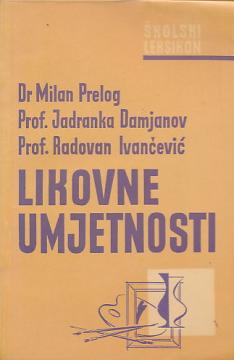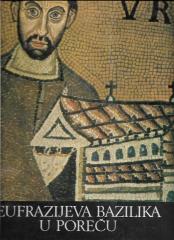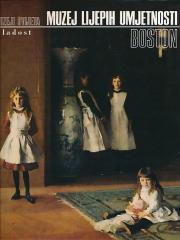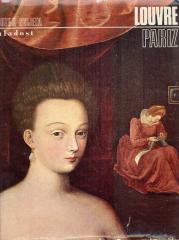
Likovne umjetnosti - školski leksikon
This attempt at a lexical processing of material from the history of art met with many difficulties, which partly stemmed from the specific character of the material itself.
One of the basic problems was the choice of terms needed to better understand certain phenomena in the development of art. Namely, in all periods, art is closely connected with many other areas of cultural and social life in general, so it is often necessary to know facts from these other areas in order to better understand phenomena in the history of art. Therefore, some terms from ancient mythology, from the history of Christianity, and even from Christian worship itself should have been included in this lexicon, to enable a better understanding of some tasks of ancient and medieval art. The authors are aware that their choice represents only one attempt. As for the professional terminology, it is sometimes improvised, sometimes more descriptive than conceptual, and considering the way certain words are written, the authors could not be consistent. Foreign terms, which have already become familiar in our professional literature, are written phonetically, while others that are not so well known are given in the form in which they appear in the languages that created them. Such a decision is more the result of practicality than the author's principled attitude.
No copies available
The last copy was sold recently.





